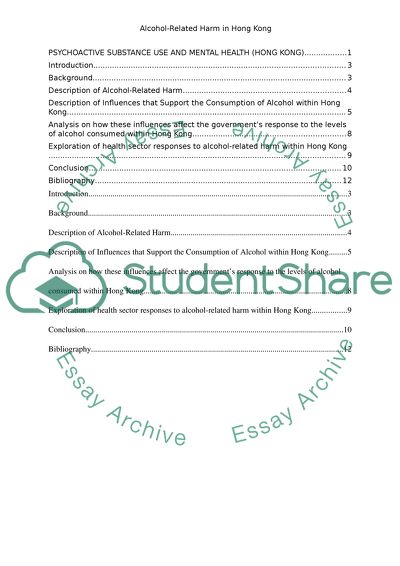Cite this document
(“Psychoactive Substance use and Mental Health Essay”, n.d.)
Retrieved from https://studentshare.org/psychology/1691522-psychoactive-substance-use-and-mental-health-hong-kong-report
Retrieved from https://studentshare.org/psychology/1691522-psychoactive-substance-use-and-mental-health-hong-kong-report
(Psychoactive Substance Use and Mental Health Essay)
https://studentshare.org/psychology/1691522-psychoactive-substance-use-and-mental-health-hong-kong-report.
https://studentshare.org/psychology/1691522-psychoactive-substance-use-and-mental-health-hong-kong-report.
“Psychoactive Substance Use and Mental Health Essay”, n.d. https://studentshare.org/psychology/1691522-psychoactive-substance-use-and-mental-health-hong-kong-report.


